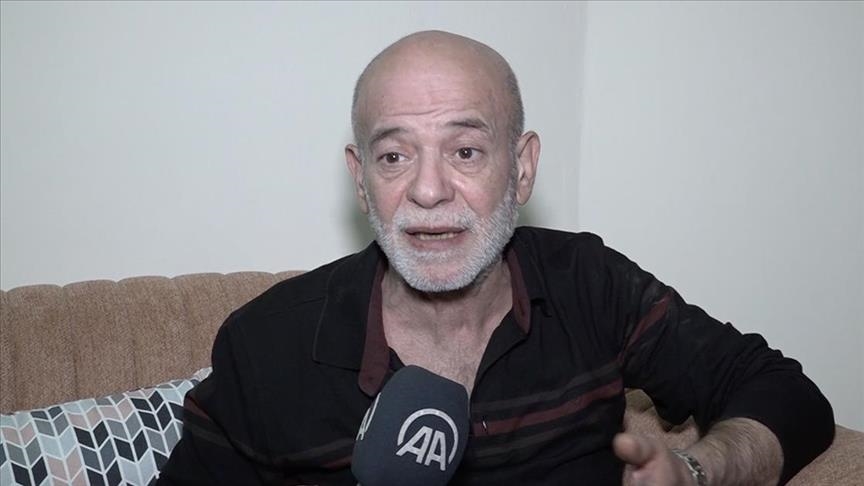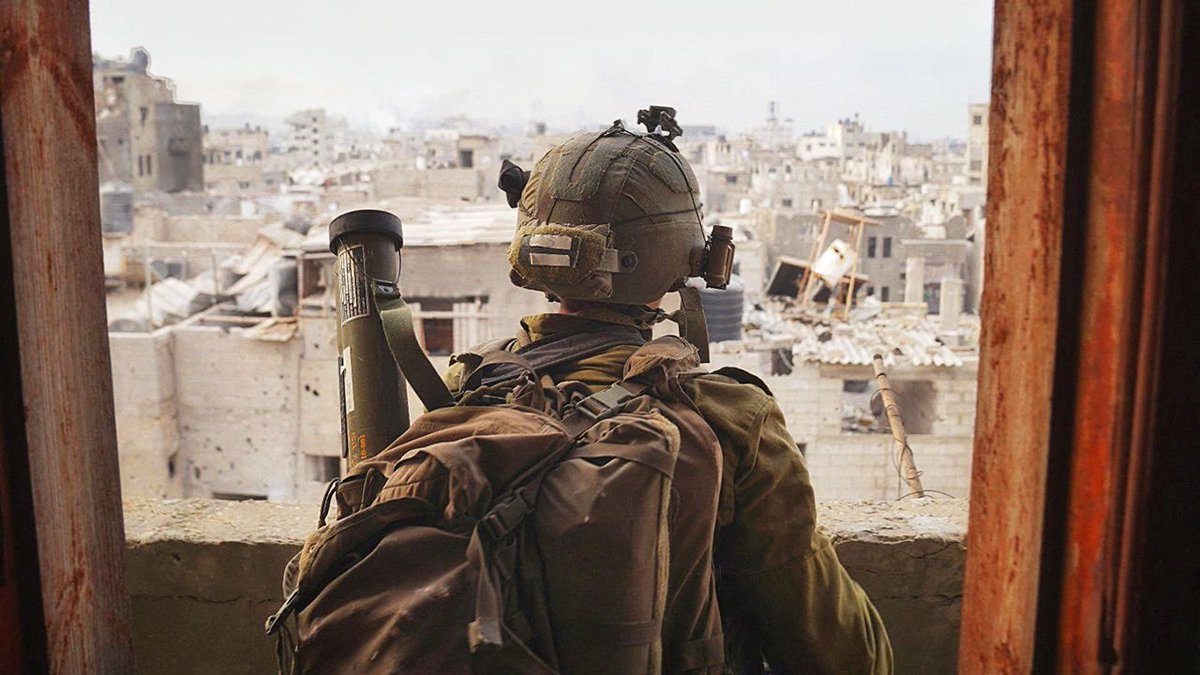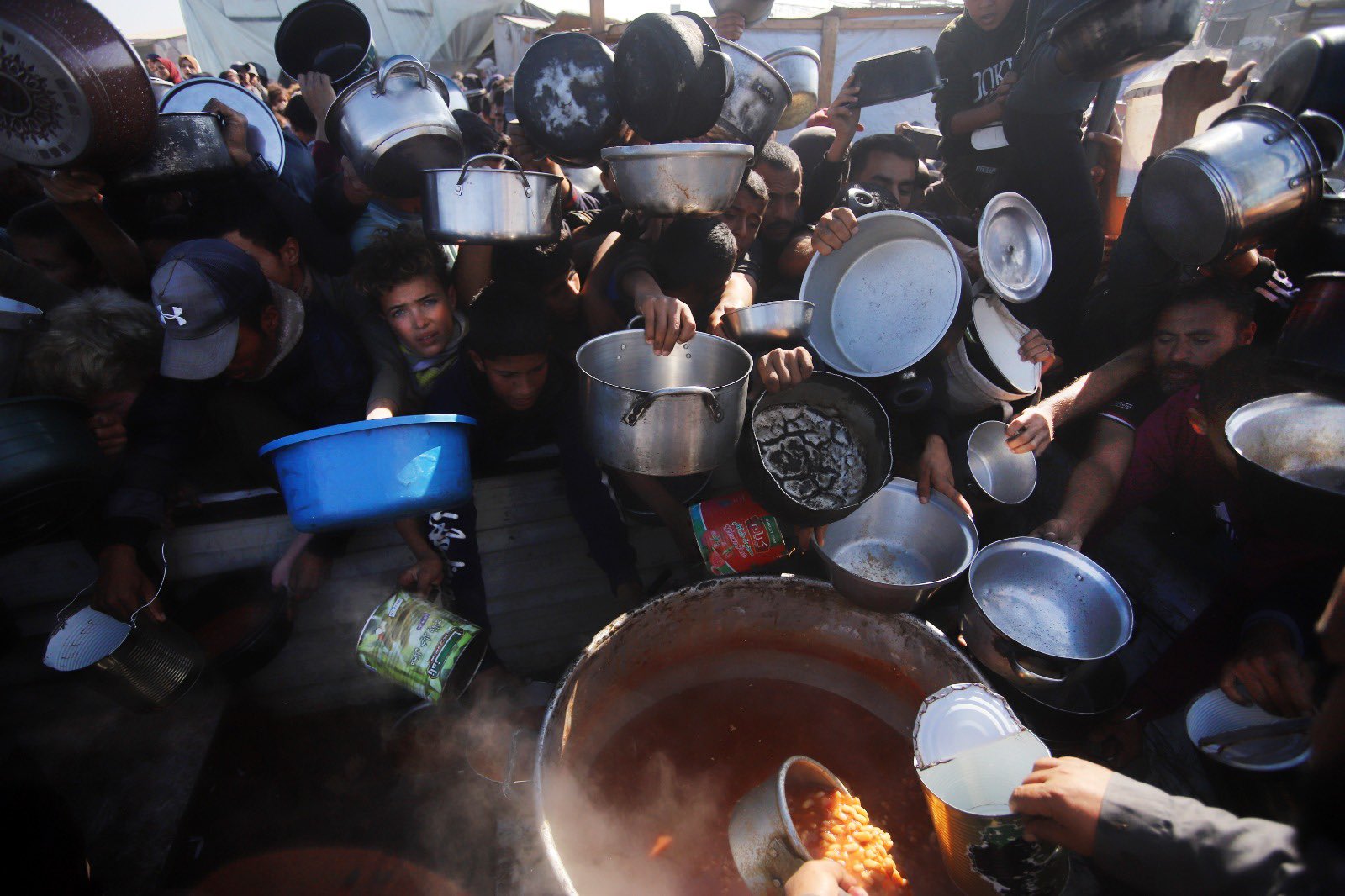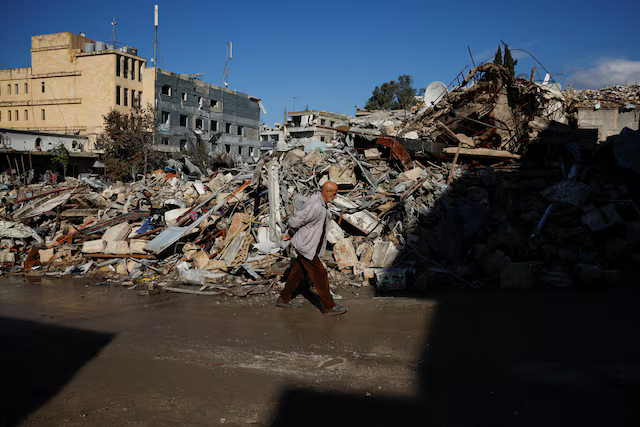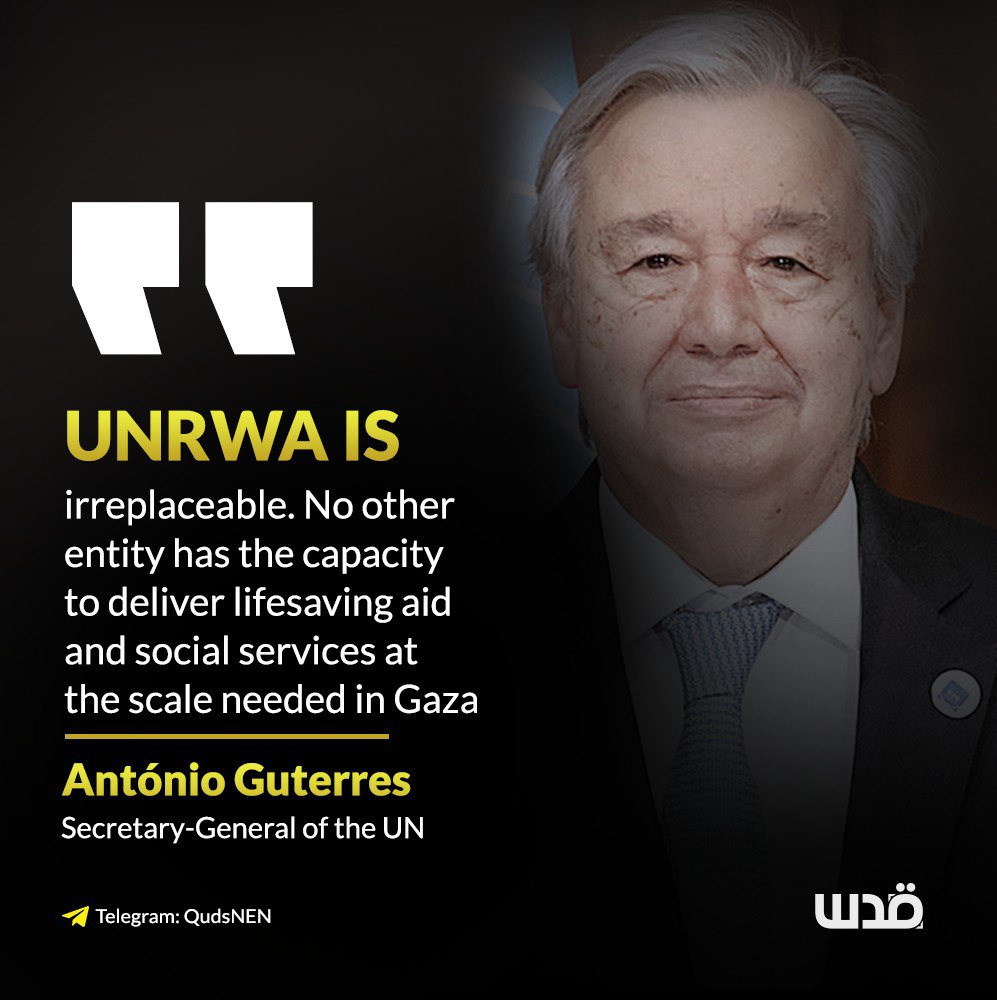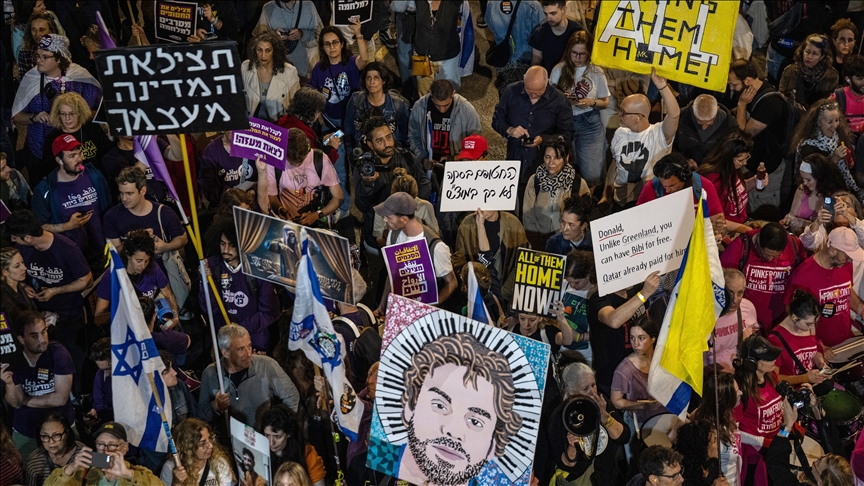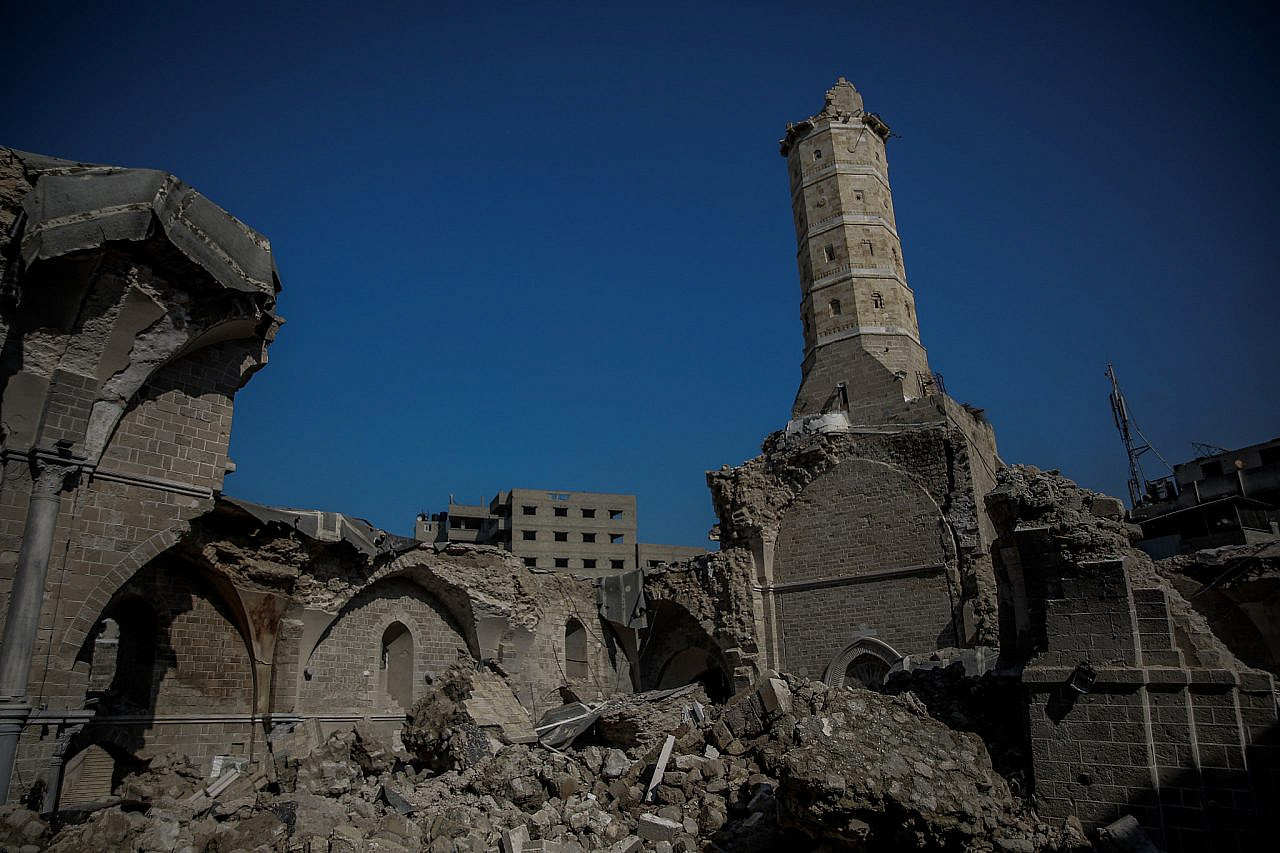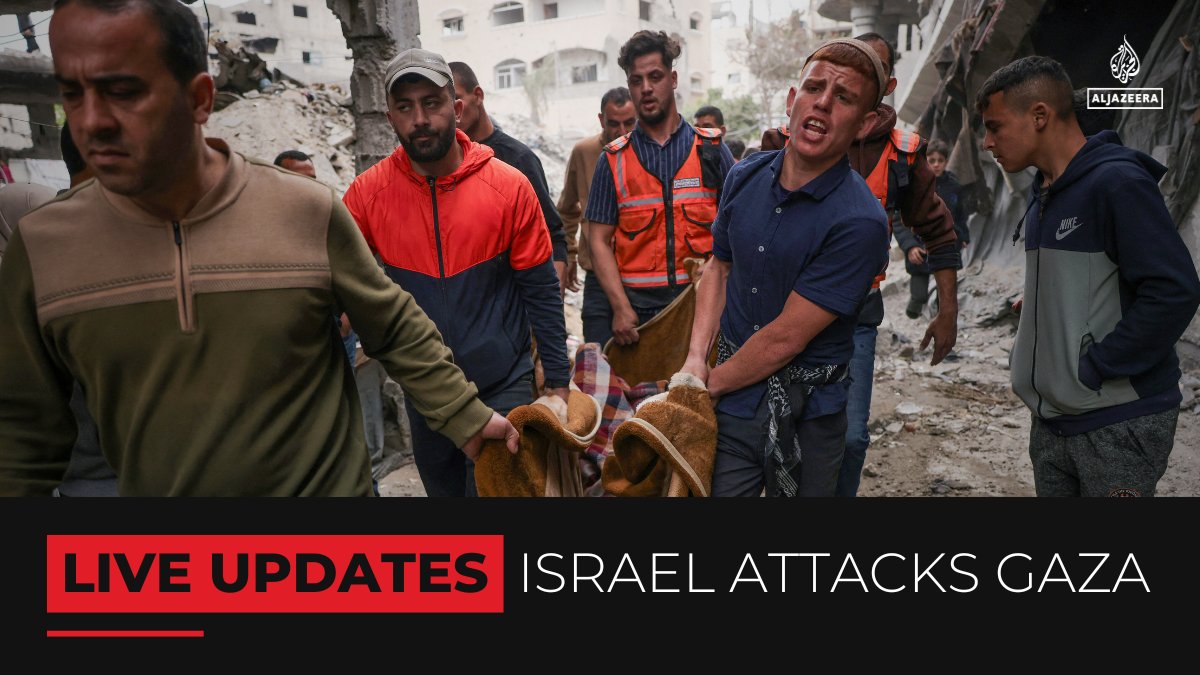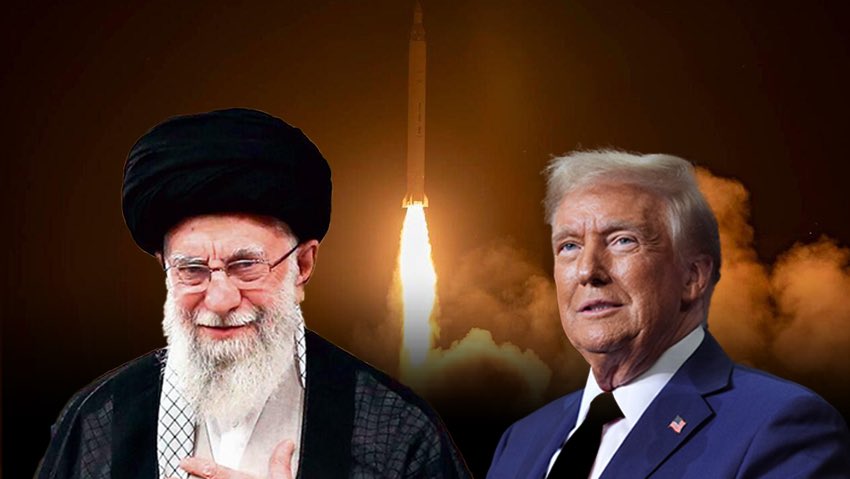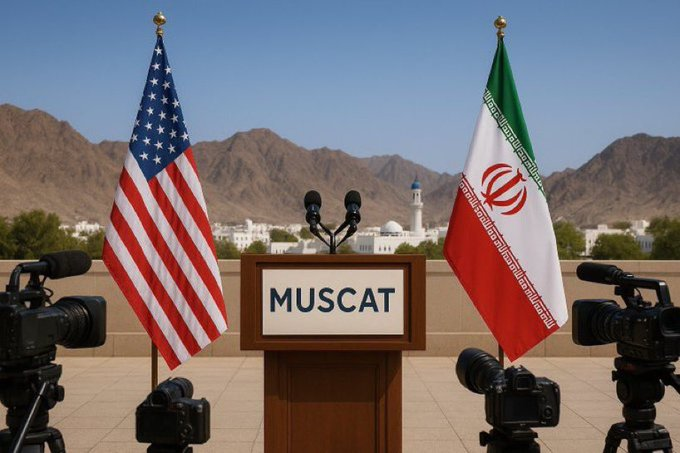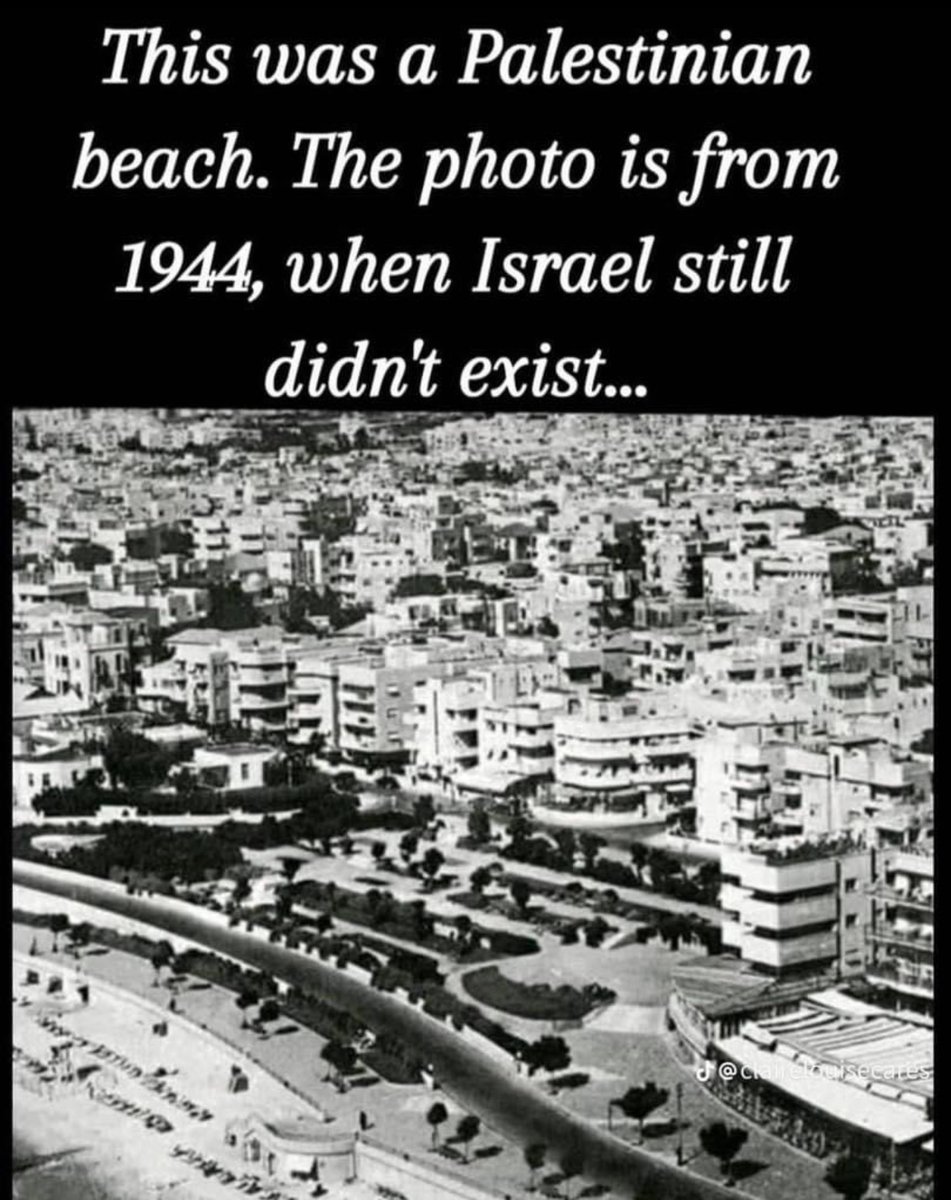After 33 Years Lebanese Man Describes Horrors of a Syrian Jail
Suheil Hamawi, a Lebanese national who returned to his homeland after opposition groups toppled the Syrian regime and freed detainees from Sednaya and other notorious prisons in Damascus, shared his harrowing ordeal during 33 years of captivity.
The Bashar al-Assad regime operated numerous torture centers across the country referred to as “death hubs.”
Following the regime’s collapse over the weekend and the opposition’s takeover, anti-regime prisoners held in Sednaya and other detention centers were freed.
Among them was Hamawi, who was released from Sednaya, infamously known as a “human slaughterhouse” for its brutal torture practices.
A victim of the Assad regime, which tortured hundreds of thousands of people, he was abducted by Syrian forces in Lebanon in 1991. He was subsequently arrested and transferred to various prisons in Syria.
Accused of opposing the Syrian occupation of Lebanon from 1976 to 2005, Hamawi endured 33 years of inhumane imprisonment.
‘I had no hope of ever returning to my homeland and family’
Speaking to reporters, Hamawi expressed his gratitude for regaining his freedom and returning to Lebanon after more than three decades of captivity.
He recounted being among the hundreds of Lebanese detained by Syrian intelligence in 1991 for opposing Syria’s military presence in Lebanon.
Hamawi described the unimaginable suffering he endured in Syrian prisons.
“I was sentenced to life imprisonment in Sednaya. Today, I am back in my hometown of Chekka, the same place where Syrian forces detained me 33 years ago,” he said.
Initially transferred to the Anjar detention center in the Bekaa Valley near the Lebanese-Syrian border, he was later moved to detention centers in Damascus and Latakia before being sent to Sednaya.
“I spent 15 years in solitary confinement before being placed in a shared cell at Sednaya. Every single day was torture. From the moment I was detained, every breath I took felt like agony. I had no hope of ever seeing my family again. Visits were completely forbidden, and we had no contact with the outside world,” he said.
Hamawi described his imprisonment as a state of constant despair and deprivation, adding that he had lost all hope of freedom. Even as they heard rumors of events outside, the pace of developments gave prisoners little expectation of imminent release.
“When I heard gunfire, I didn’t know who had come to free me. I walked for 15 kilometers before someone took me to Lebanon,” he said.
According to Lebanon’s National News Agency, Hamawi is the first Lebanese national to return home after being released following the fall of the Assad regime.
Lebanese detainees in Syrian prisons
The Association of Lebanese Political Prisoners in Syrian Prisons estimates that 622 Lebanese citizens remain forcibly disappeared in Syrian detention centers. Many were abducted during Syria’s 29-year occupation of Lebanon.
During this period, the regime detained numerous Lebanese citizens, accusing them of opposing Syria’s military presence or collaborating with anti-regime groups.
Many were transferred to Syrian prisons, with families often losing contact with loved ones for decades.
Some detainees are believed to have been released following recent developments in Syria.
The ‘human slaughterhouse’
Reports from international organizations reveal that Sednaya prison, located 30 kilometers (18.6 miles) north of Damascus, became a detention center for anti-regime activists and military opponents after the 2011 uprising. Under the Assad regime’s Ministry of Defense, the prison became infamous for systematic torture and mass executions.
Between 2011 and 2015, reports indicate that as many as 50 detainees were hanged weekly or bi-weekly, with executions conducted in silence and secrecy. Prisoners endured inhumane conditions, repeated torture and deliberate deprivation of food, water, medicine and medical care.
A 2017 investigation by Amnesty International concluded that the crimes committed at Sednaya, including torture and mass executions, amounted to crimes against humanity. These violations were part of the Assad regime’s broader policy of systematic violence against civilians.

